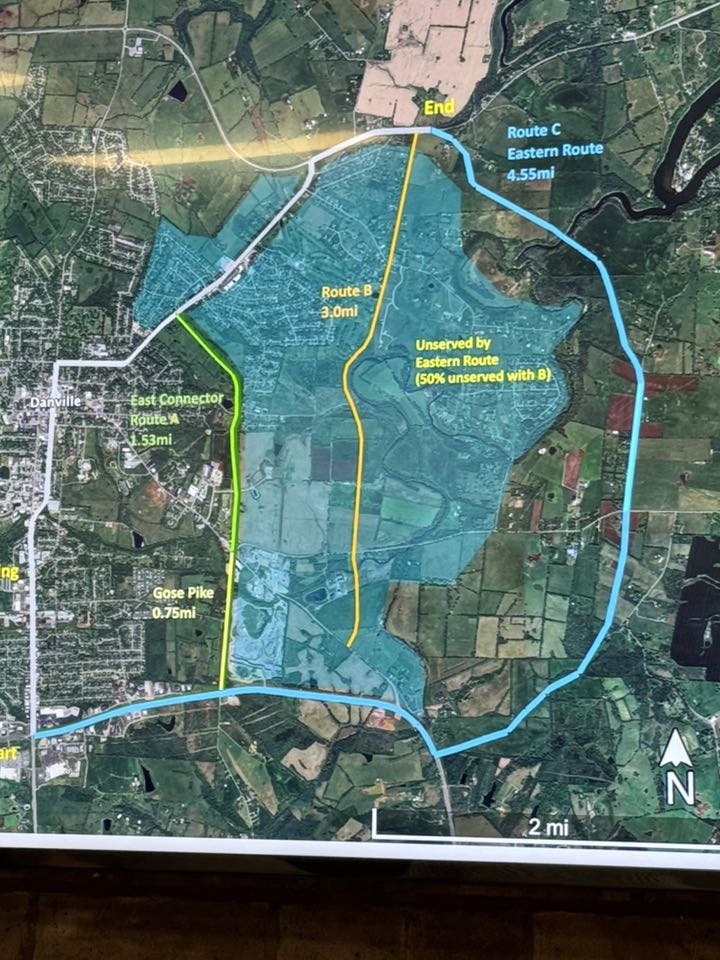Ag Notes, Jan. 17
Published 8:46 am Wednesday, January 18, 2017
It’s not too soon to think about calving season
Calving season will be here before we know it. Providing sound management during that time can mean more live calves, which translates to more profit for you.
It is important to have a short calving period to allow frequent observation and assistance if needed. Some specific things a producer can do to limit calf loss include:
Trending
Separate first-calf heifers from mature cows. Calving difficulty can run as high as 30 to 40 percent for 2-year-old heifers compared to just 3 percent for mature cows. Place them in a small, accessible pasture near a corral where assistance can be given if needed.
Provide a clean area for calving. The calving area should be a well-sodded pasture or clean, dry maternity pen, not a wet, muddy lot. It should also be large enough for adequate exercise and offer protection from prevailing winds.
Be familiar with the signs of calving. Within a few hours of calving, cows generally become nervous and uneasy. As contractions increase, a cow will likely wander away from the rest of the herd.
Check cows frequently. Observing cows three or four times a day and providing assistance when necessary results in more live calves. However, cows should be disturbed as little as possible during labor.
Know when a cow needs assistance. Intervention is justified when two or three hours have passed without progress or if delivery has not occurred within 90 minutes after the water sac appears. In a normal delivery, the calf’s front legs and head will appear first.
There are also a few steps to take after the calf is born to help it get off to a good start. These include making sure the calf is breathing normally after it is delivered and that it consumes colostrum. Ideally, a calf should consume its first milk within 15 to 30 minutes after birth.
Trending
Immediately after calving, increase the cow’s energy intake to about 16 pounds of total digestible nutrients per day. The extra energy will help the cow produce enough milk for her calf and allow her to rebreed on schedule.
For more information on beef cattle production and management, contact the Boyle County Cooperative Extension Service.
Educational programs of the Kentucky Cooperative Extension Service serve all people regardless of economic or social status and will not discriminate on the basis of race, color, ethnic origin, national origin, creed, religion, political belief, sex, sexual orientation, gender identity, gender expression, pregnancy, marital status, genetic information, age, veteran status, or physical or mental disability.






